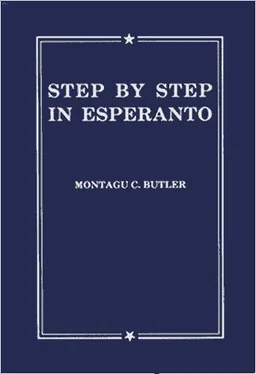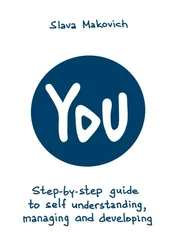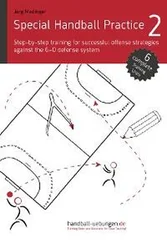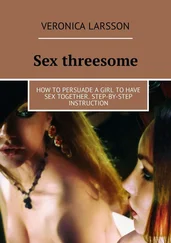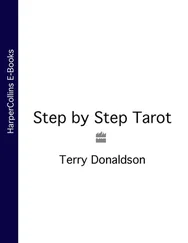The word maŝinskribistino(ŝi maŝinskribas = writes by machine ) is clumsy, and the word tajpas(recently proposed) is increasingly used. Stenotajpist(in)o, a shorthand-typist.
In F‑ino B. estas sekretario,it is possible to say sekretariino,but seldom necessary, because the sex is already shown by F‑ino.We do not often wish to specify: Miss B. is a good female-secretary! Cp. She is a famous author(ess).
So Zamenhof and general use. Certainly, if it introduces a non-defining clause (one complete in itself, which, if omitted, would still leave sense). La knabo, kiu estas mia filo, kantas: The boy , who is (= and, by the way, he is) my son, sings. But much can be said for the English omission of the comma before a defining (adjectival) phrase. La knabo kiu kantas= the boy that sings = the singing boy.
Maldoes not mean bad. Nevertheless, in the case of a pair of contrary words, the one with malis usually the less desirable. Notice, however, malfalsa, genuine ( falsa, counterfeit ); malavara, maltimas.
Most roots are either substantival, adjectival, or verbal, in character. I.e., they implicitly contain the idea either of an object (dom, knab),or of a quality (bel, fort),or of a state or action (est, skrib).
In Esperanto the English qu, gu often become kv, gv,respectively. E.g., akvo, antikva, elokventa, kvalito, kvanto, kvieta, trankvila, lingvo.
Similarly: th often becomes t (or d ) ( aritmetiko, metodo, teatro; dika, dorno); w becomes v( varma, vundo( wound )); and ph becomes f ( filozofio, telefono).
The form la via,though sometimes met, may well be avoided. La lia domo estas ankaŭ la ŝia( The his house is also the hers! ) is clumsier, and no clearer, than Lia domo estas ankaŭ ŝia.
Teach not your parent’s mother to extract
The embryo juices of an egg by suction:
That good old lady can the feat enact
Quite irrespective of your kind instruction!
Marŝas, walks, marches (with an aim); promenas, takes a walk (jaunt, trip, etc.) (not necessarily onfoot); paŝas, steps, paces; piediras, goes on foot .
Even “What was the man who asked what you chose that book to be read to out of for up to?”!
So also if they are the object of a preposition; but in this case Esperanto makes no change (96). To him, for her , al li, por ŝi.
Why have an accusative form? It is found in many languages. Its disuse would introduce difficulties. It removes ambiguities. By freeing the word-order it makes the language flexible ( 356, 586, 845, 944b). Without it, for example, such a translation as La Eneido (with its imitation of Latin word-order) would be impossible.
SCI, KON. Scias= knows, has knowledge of, is aware of (a thing or fact). Fr. savoir . Konas= knows, is acquainted with (someone or something) . Fr. connaître . Cp. science, omni science, with ke n,a cquai nted, re cog nize, connoisseur.
Use scifor a thing, but not for a person. Do not use konbefore ĉu, ke,or a k-word. Mi scias, ke … Mi scias kial. Mi ne scias, ĉu mi konas vin. Ĉu vi konas John Peel?Of Esperanto one may say Li konas ĝin, sed li ne scias ĝin.
Konas = scias (a) kiu (li) estas; (b) kio (ĝi) estas. Sako ne sonas — amiko ne konas ( Money gone, friends gone )!
The ferrous form is more than warm,
And ruddy glowings light it:
Don’t wait until it starts to chill,
But smite it.
The early worm goes forth with zeal
To give the hungry bird a meal.
His brother has no such intention,
And lives to draw his old age pension.
( or )
The earliest winged songster soonest sees,
And first appropriates, th’ annelides.
Desiccated herbage must submit to perturbation
While the radiant orb of day affords illumination
Bear not to glutted cellars near the Tyne
The carbonaceous products of the mine.
Instead of Mi lavas miajn manojn(and the like) we sometimes meet Mi lavas al mi la manojn(i.e., “ the hands belonging to me” ). Or, simply: Mi lavas la manojn( 19/ [6]).
The reason is that estas(and variants of estas) do not show an action done to any person or thing.
To put it another way. The sentence Li vidas bebon, He sees a baby, may be turned round, thus: A baby is seen by him. But the sentence Li estas (aspektas, iĝas, restas) bebo, He is (looks, becomes, remains) a baby, cannot be similarly turned into A baby is ised (looked, becomed, remained) by him !
For an apparent exception (showing “motion towards”) see 1065.
The shorter forms Bontagon! Bonmatenon! Bonvesperon!are neater, but less common.
Publisher’s Note: In modern usage, «Ĉapitro konsistas el paĝoj kaj alineoj». Paragrafo is an «alineo» referenceable through a number (e.g. « §23de la Ekzercaro»).
Compare Latin: antequ am,j am,nunqu am,oli m,postqu am,quond am . French: ne … jamais (= neniam).
Vekas( wakes ), rompas la dormon.
Kiu nombrovenas post …
These are not exceptions to the rule (96)that a preposition does not require nafter it. The nhere has no connection with the prepositions sub, sur, en.It merely replaces another preposition, al.
The name Esperanto(from the root esper) was at first the penname of Dr. Zamenhof. Soon “the language of Dr. Esperanto” became known as “Esperanto”.
Читать дальше
